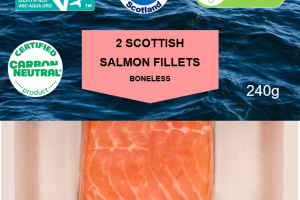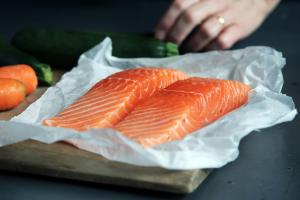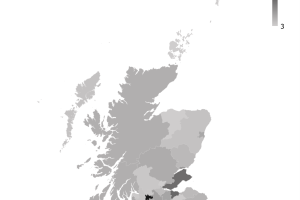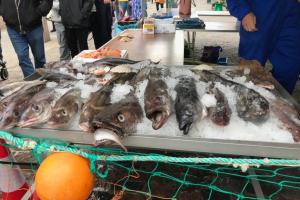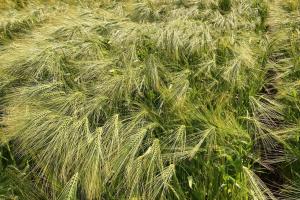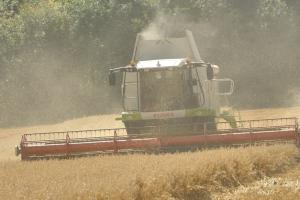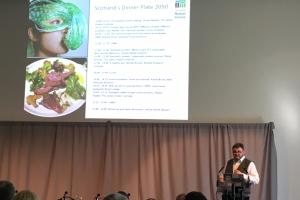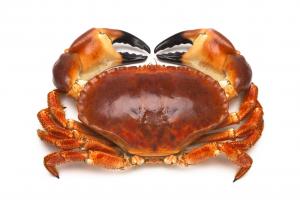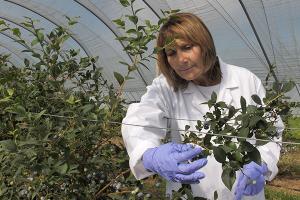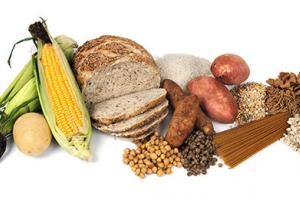
The choices we make about our food and drink are shaped by social norms, what is available and what is affordable. Scotland has a richly deserved international reputation for the quality of its extensive larder of nutritionally valuable animal and plant derived products that can be grown, harvested, produced and processed to provide a healthy and sustainable diet. However Scotland’s population has one of the poorest diet-related health records in the developed world. Driven by the ambition of becoming a Good Food Nation, SEFARI research explores the interplay between dietary health, affordability and sustainability, whilst also working to improve food safety.

